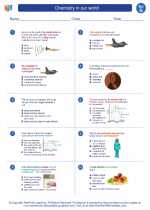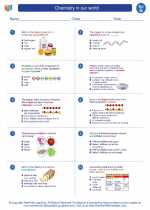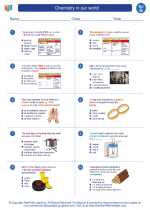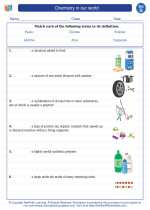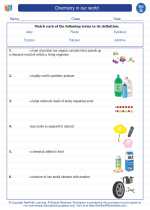Silicate Minerals
Introduction
Silicate minerals are the most common type of minerals on Earth, making up over 90% of the Earth's crust. They are composed of silicon and oxygen, the two most abundant elements in the Earth's crust, along with other elements such as aluminum, iron, magnesium, and calcium.
Structure
Silicate minerals have a basic building block called the silicon-oxygen tetrahedron, which consists of a silicon atom bonded to four oxygen atoms in a pyramid-like structure. These tetrahedra can link together in various ways to form different silicate mineral structures, such as isolated tetrahedra, single chains, double chains, sheets, and 3-dimensional frameworks.
Classification
Silicate minerals are classified into several groups based on their structure, including:
- Orthosilicates (nesosilicates)
- Inosilicates (chain silicates)
- Phyllosilicates (sheet silicates)
- Tectosilicates (framework silicates)
Examples
Some common examples of silicate minerals include:
- Quartz (tectosilicate)
- Olivine (orthosilicate)
- Pyroxene (inosilicate)
- Muscovite (phyllosilicate)
Properties
Silicate minerals exhibit a wide range of physical and chemical properties, including hardness, cleavage, color, luster, and crystal habit. These properties can be used to identify and classify different silicate minerals.
Uses
Silicate minerals have numerous industrial uses, such as in the production of glass, ceramics, and abrasives. They are also important in the construction industry and serve as valuable gemstones in jewelry.
Study Guide
When studying silicate minerals, be sure to focus on the following key points:
.

